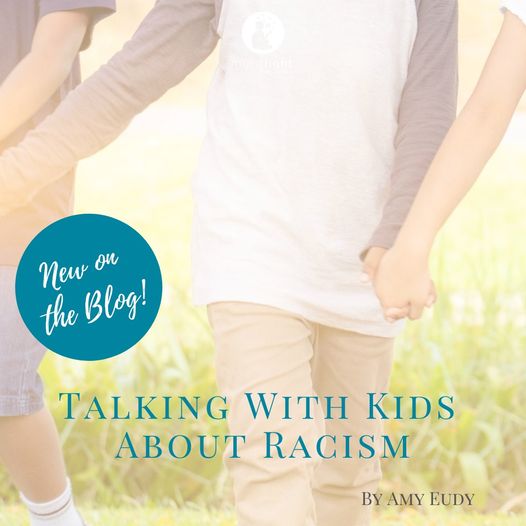Love languages and the knowledge of different ways to communicate love have gradually increased in popularity over the past few years. It can be especially important for children who have experienced trauma to be able to receive love in a way that they understand and can receive without fear. This can be particularly complicated […]








